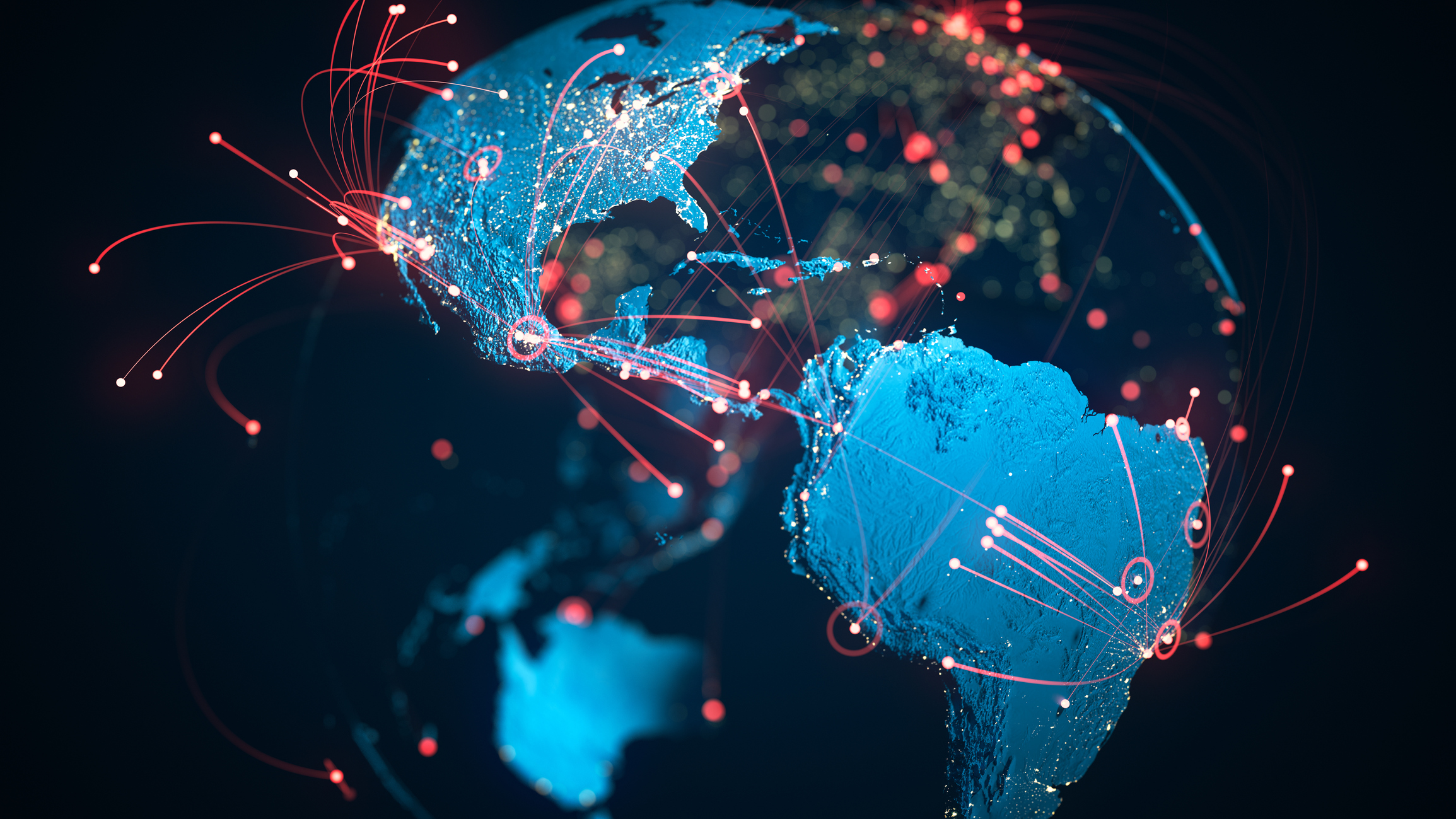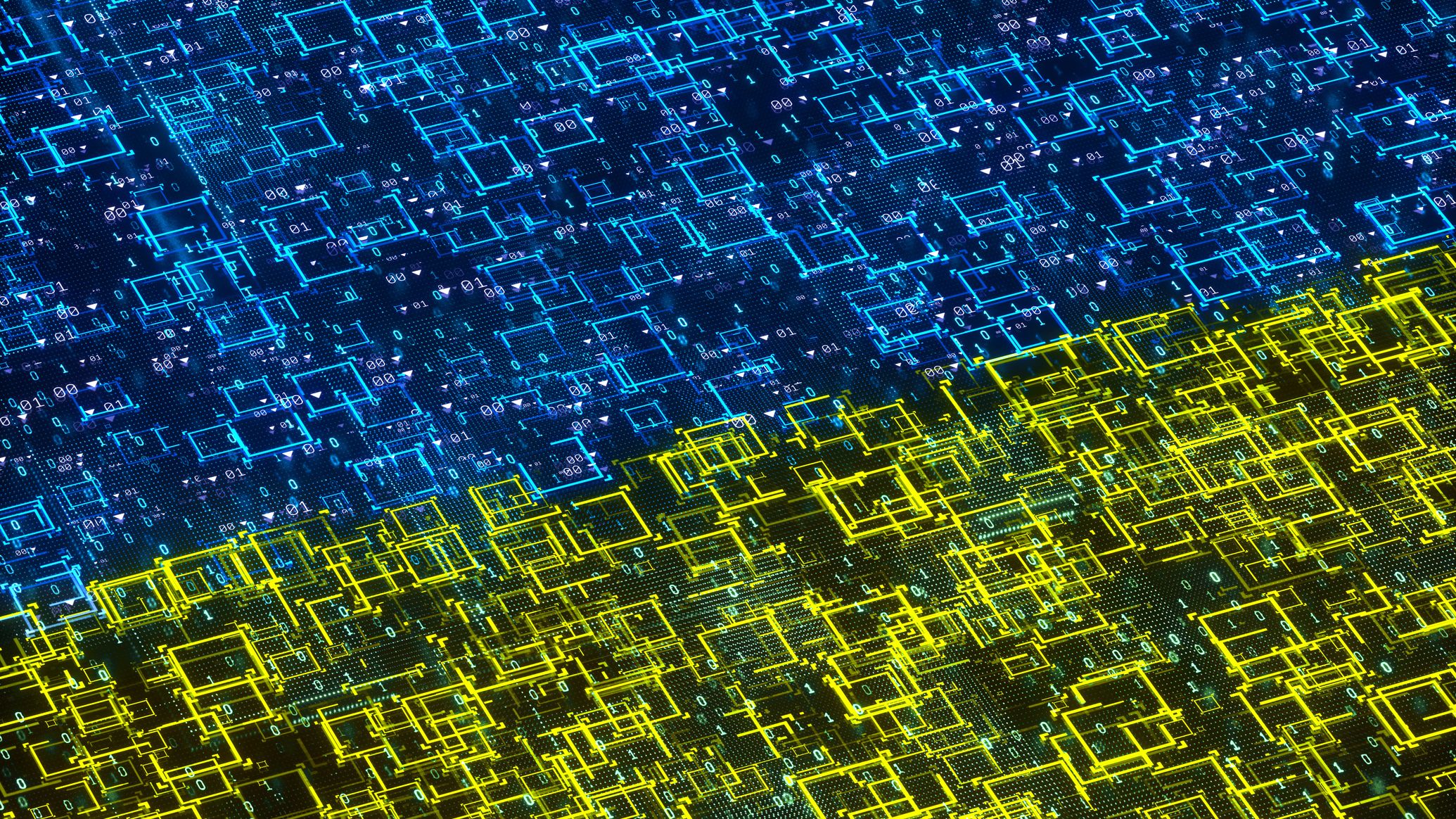Researchers hijack Storm botnet for spam study
Californian researchers pretend to be spammers, discovering that it takes millions of email messages to get a sale, but botnets are still profitable.


It takes 12.5 million spam emails to get one response, according to a month-long study where Californian researchers pretended to be spammers.
The researchers from the University of California campuses at Berkley and San Diego took control of some 75,000 machines via the Storm botnet earlier this year, before it was effectively dismantled.
They also set up their own fake pharmaceutical web site to direct people to, in order to see how much money spamming networks actually make and how many people really click links in emails offering cheap drugs and anatomical enhancements.
"By infiltrating its command and control infrastructure parasitically, we convinced it to modify a subset of the spam it already sends, thereby directing any interested recipients to servers under our control, rather than those belonging to the spammer," the researchers wrote in their report.
The group sent 350 million messages over 26 days, garnering just 28 sales for a conversion rate of under 0.00001 per cent. All but one of the sales were for "male-enhancement products" at an average cost of $100 (62.50).
The researchers stressed that their study used just 1.5 per cent of the Storm botnet, suggesting the real value of that malicious network ranges from about $7,000 (4,375) to $9,500 (5,938) each day, or about $3.5 million (2.19 million) a year. They noted this was less than the "millions of dollars a day" some security researchers have suggested such botnets are worth, but said it was "certainly a health enterprise."
However, the cost of sending out such spam would be higher than the return yet spammers still continue, so they must be making a profit.
Sign up today and you will receive a free copy of our Future Focus 2025 report - the leading guidance on AI, cybersecurity and other IT challenges as per 700+ senior executives
While some email campaigns are clearly run off the botnet at a fee the spammers paying for access to the mailing service the researchers suggested most campaigns are likely run by the creators of the Storm botnet itself. This is backed up by the similarity in targeted email domain names between the spam campaigns and mailouts designed to spread the botnet itself, they said.
If that is indeed true, continuing to secure email could make spamming unprofitable. "The prot margin for spam (at least for this one pharmacy campaign) may be meagre enough that spammers must be sensitive to the details of how their campaigns are run and are economically susceptible to new defences," the researchers wrote.
Freelance journalist Nicole Kobie first started writing for ITPro in 2007, with bylines in New Scientist, Wired, PC Pro and many more.
Nicole the author of a book about the history of technology, The Long History of the Future.
-
 Europol hails triple takedown with Rhadamanthys, VenomRAT, and Elysium sting operations
Europol hails triple takedown with Rhadamanthys, VenomRAT, and Elysium sting operationsNews The Rhadamanthys infostealer operation is one of the latest victims of Europol's Operation Endgame, with more than a thousand servers taken down
-
 Seized database helps Europol snare botnet customers in ‘Operation Endgame’ follow-up sting
Seized database helps Europol snare botnet customers in ‘Operation Endgame’ follow-up stingNews Europol has detained several people believed to be involved in a botnet operation as part of a follow-up to a major takedown last year.
-
 Horabot campaign targeted businesses for more than two years before finally being discovered
Horabot campaign targeted businesses for more than two years before finally being discoveredNews The newly-discovered Horabot botnet has attacked companies in the accounting, investment, and construction sectors in particular
-
 Brand-new Emotet campaign socially engineers its way from detection
Brand-new Emotet campaign socially engineers its way from detectionNews This latest resurgence follows a three-month hiatus and tricks users into re-enabling dangerous VBA macros
-
 Microsoft says “it’s just too difficult” to effectively disrupt ransomware
Microsoft says “it’s just too difficult” to effectively disrupt ransomwareNews The company details its new approach to combatting cyber crime as the underground industry drains $6 trillion from the global economy
-
 Beating the bad bots: Six ways to identify and block spam traffic
Beating the bad bots: Six ways to identify and block spam trafficIn-depth Not all traffic is good. Learn how to prevent bad bots from overrunning your website
-
 Ukraine's vigilante IT army now has a DDoS bot to automate attacks against Russia
Ukraine's vigilante IT army now has a DDoS bot to automate attacks against RussiaNews The 270,000-strong IT Army of Ukraine will now combine supporters' cloud infrastructure to strengthen the daily attacks against their invaders
-
 Microsoft's secure VBA macro rules already being bypassed by hackers
Microsoft's secure VBA macro rules already being bypassed by hackersNews Recent analysis of Emotet activity has revealed a shift away from malicious Office documents to drop malware


